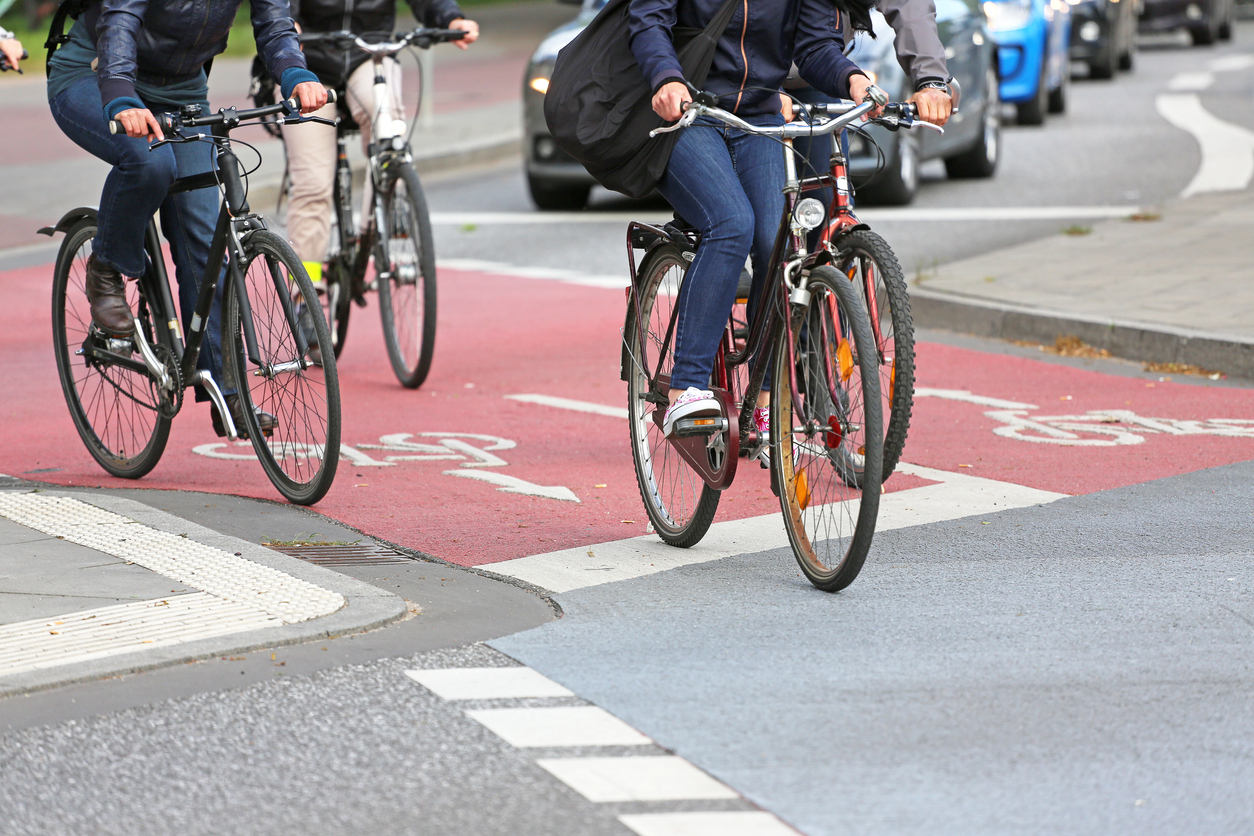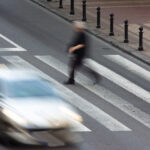The city of Los Angeles is experiencing an unprecedented period of bike safety over the last year. From 2015-1019, the city of around 4 million witnessed more than 18,000 accidents resulting in a total of 192 deaths.
However, in 2020 and early 2021, accidents and deaths are down—way down. By some counts accidents are down 70 percent from previous years. This of course is welcome news to cyclists. But it does lead to the question of why are accidents and deaths down.
Dedicated Bike Lanes
Dedicated bike lanes have been popping up all over the country over the last decade or more as biking as a form of recreation has increasingly morphed into a viable type of daily transportation. Cities like Washington D.C., Minneapolis, and even New York have hundreds of miles of dedicated bike lanes—some even protected by parked cars or other barriers.
For its part, L.A. has been somewhat slow to adopt dedicated or protected bike lanes. The first lanes opened in 2015 and now eleven such lanes exist totaling close to 20 miles. While that might not be the coverage cyclists are hoping for, every mile helps as studies have shown that separated, elevated, or in some way protected bike lanes are the safest ways for cyclists to ride around the city. With that in mind, additional dedicated bike lanes are something LA cyclists are always working toward.
While those studies point to improved bike safety, they might not be the reason for the 70 percent dip in bike accidents in 2020. To understand why the roads of LA have been particularly safe for cyclists in 2020, we have to look at the Slow Streets LA program.
Slow Streets LA
Compared to the city’s nearly 20 miles of dedicated bike lanes, the Slow Streets program has created almost 50 miles of roads dedicated to local traffic and a variety of uses. The program was developed in response to the pandemic and is intended to better facilitate social distancing and prevent overcrowding.
Various civic groups and other organizations can apply for streets in their area to become Slow Streets. Eligible groups or organizations that can apply include:
- Block clubs
- Churches
- Homeowners associations
- Nonprofits
- Business associations
While not all streets are eligible, those that are and are approved are marked for local traffic only. Speed limit signs are not changed, but drivers are encouraged to travel no more than 15 mph when driving on a Slow Street. This reduced traffic flow and lower speeds on residential streets are certainly a contributing factor when it comes to the banner bike-safety year the city is enjoying.
However, since March when safer at home orders were issued, vehicle traffic of all kinds has been significantly reduced. People are working from home far more than they were before the pandemic and car trips of any length are down. It seems that the overall decrease in traffic is another important reason biking has been markedly safer over the last year.
Keeping LA Bike-Safe
Reduced traffic and Slow Streets have been nice but they are not a long-term solution. The pandemic is going to end someday and even if some segment of the population continues working from home, it is likely that traffic will return to pre-pandemic levels eventually.
What the city needs to continue to do is expand its network of protected bike lanes. While the 20 miles the city has created in the last five years is a start (especially when combined with hundreds of miles of other types of bike lanes), there is still a long way to go to keep LA cyclists as safe as possible.


